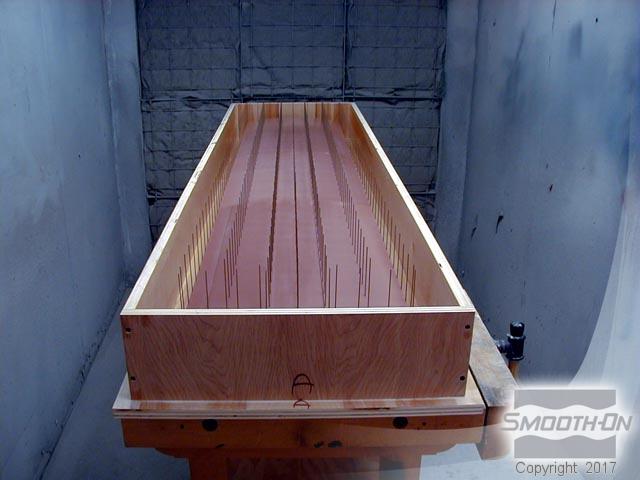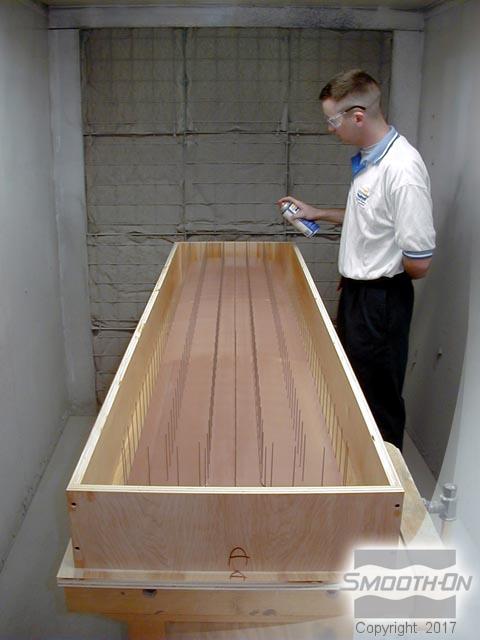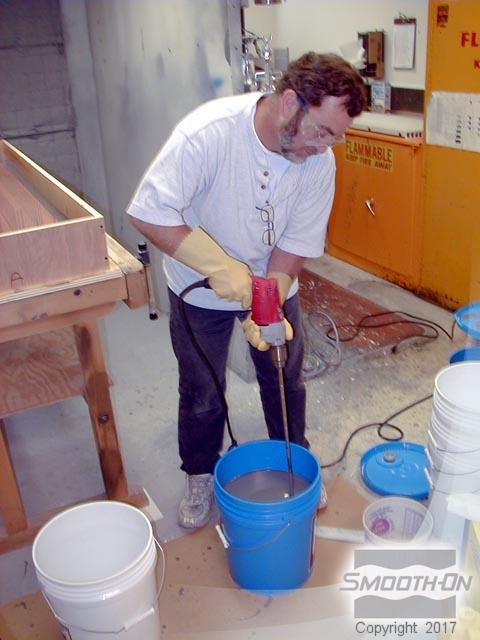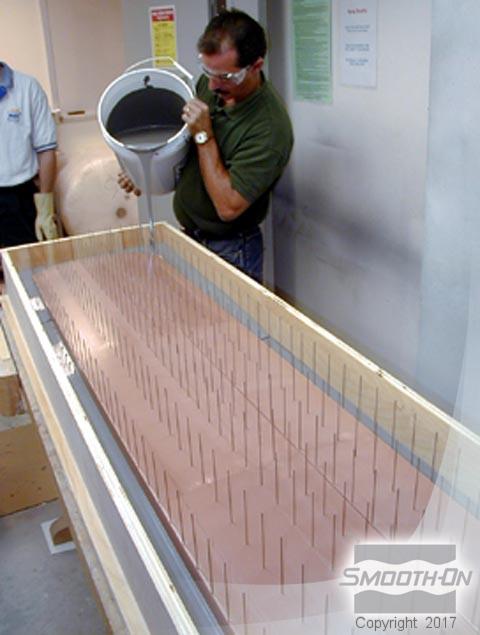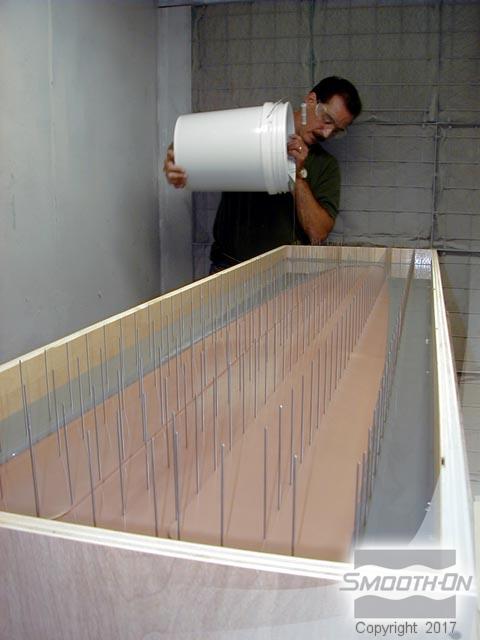Parts that are vacuum formed touch our lives every day including consumer packaging and advertising signs (McDonalds & Burger King). Vacuum forming advantages include making inexpensive parts quickly and design options are infinite. TASK® 18 aluminum filled urethane resin has been used by pattern makers to fabricate vacuum forming molds for over 40 years.
~ The Vacuum Forming Process
A vacuum forming mold having thousands of holes through the mold is placed in a vacuum forming chamber. A sheet of plastic is placed over the positive surface of the mold and heated to a high temperature quickly. As the plastic sheet softens from the heat, a vacuum is pulled from underneath the rigid mold. The plastic sheet is brought to the surface of the rigid mold and conforms tightly to the contours of the mold because of the force of the vacuum. The plastic sheet then cools and is ejected from the mold surface as a finished part.
Rigid vacuum forming molds must be able to withstand repetitive use under high temperatures.
Critical criteria for vacuum forming molds include: Minimal Shrinkage; Heat Resistance; High Flexural & Tensile Strength.
~ Case History
Lucent Technologies Aerospace Division was contracted to supply structural covers that would enclose and protect sensitive electronic components from space dust and radiation on three new communications satellites.
Being long-time Smooth-On customers, they contacted the Smooth-On Technical Helpline to determine what their material options were for creating the mold to manufacture the covers. After discussing project parameters, one of the engineers working on the project said "TASK® 18 urethane plastic was recommended by Smooth-On Technicians. We ordered TASK® 18, poured the mold and let the material harden overnight. The next day we were able to strip our mold. There was zero distortion and no discernable shrinkage. By midday on day two, we were able to make our first parts from the TASK® 18 pattern. They came out flawlessly."
~ The Vacuum Forming Process
A vacuum forming mold having thousands of holes through the mold is placed in a vacuum forming chamber. A sheet of plastic is placed over the positive surface of the mold and heated to a high temperature quickly. As the plastic sheet softens from the heat, a vacuum is pulled from underneath the rigid mold. The plastic sheet is brought to the surface of the rigid mold and conforms tightly to the contours of the mold because of the force of the vacuum. The plastic sheet then cools and is ejected from the mold surface as a finished part.
Rigid vacuum forming molds must be able to withstand repetitive use under high temperatures.
Critical criteria for vacuum forming molds include: Minimal Shrinkage; Heat Resistance; High Flexural & Tensile Strength.
~ Case History
Lucent Technologies Aerospace Division was contracted to supply structural covers that would enclose and protect sensitive electronic components from space dust and radiation on three new communications satellites.
Being long-time Smooth-On customers, they contacted the Smooth-On Technical Helpline to determine what their material options were for creating the mold to manufacture the covers. After discussing project parameters, one of the engineers working on the project said "TASK® 18 urethane plastic was recommended by Smooth-On Technicians. We ordered TASK® 18, poured the mold and let the material harden overnight. The next day we were able to strip our mold. There was zero distortion and no discernable shrinkage. By midday on day two, we were able to make our first parts from the TASK® 18 pattern. They came out flawlessly."
